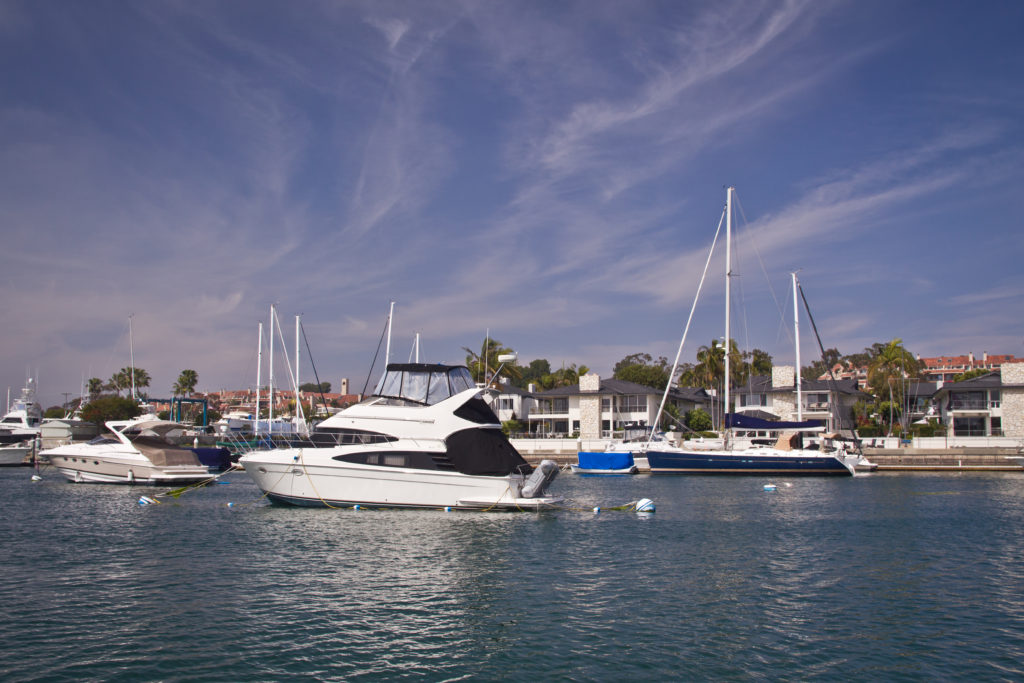With expert advice from avid boater marine maintenance specialist, David Townsend.
By: Katherine Clements with contributions from David Townsend
A flooded marine engine isn’t just inconvenient—it’s a high-stakes problem that can turn a great day on the water into an expensive repair bill. Saltwater inside an engine’s cylinders can cause hydrolock, a condition where incompressible water prevents pistons from moving. In the best case, you’ll be dealing with contaminated oil and some cleanup. In the worst case, you’re looking at bent connecting rods, scored cylinder walls, and a full engine rebuild. That’s why quick action matters.
According to avid boater marine maintenance specialist, David Townsend, “First thing you do when you know your engine is flooded: turn it off! Turn your battery selector switch to ‘off’ so that nobody can accidentally turn the engine on. From there, the job is twofold—stop the intrusion, and clear the water before corrosion or mechanical damage sets in.”
How Seawater Gets Into an Engine
Most inboard and sterndrive propulsion engines sit at or below the waterline. That location is convenient for weight distribution, but it means the exhaust system is always working to keep water out as much as it’s working to move exhaust gases out. Two key components...







